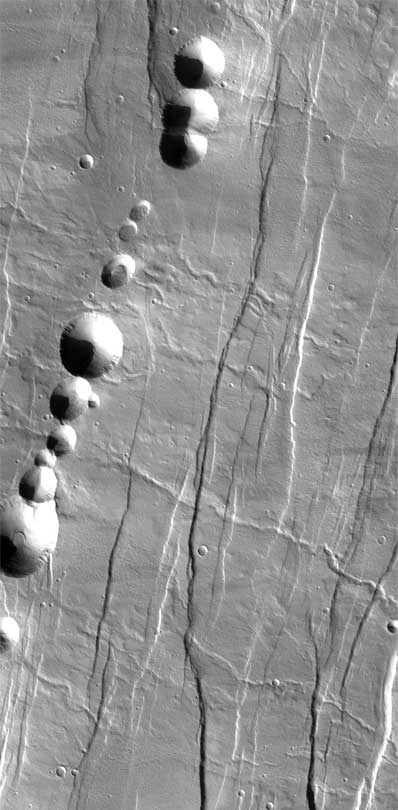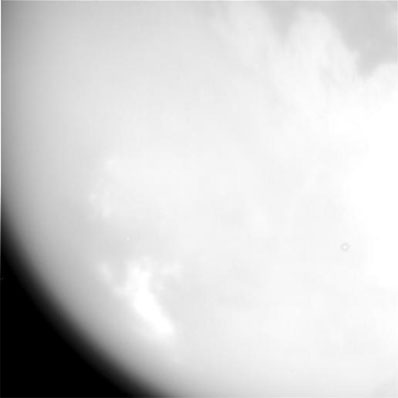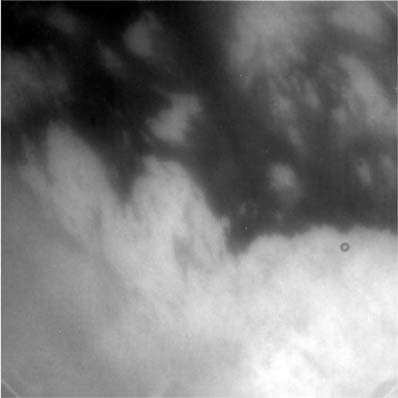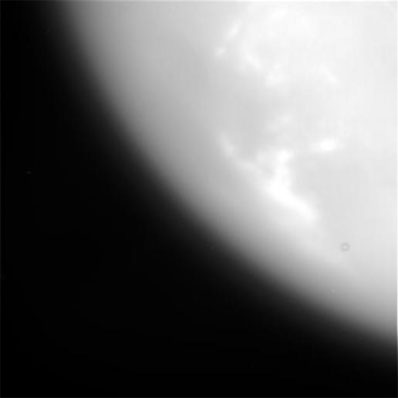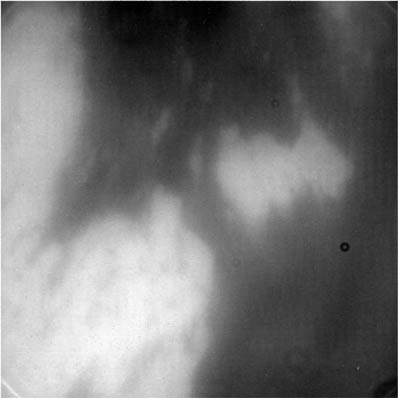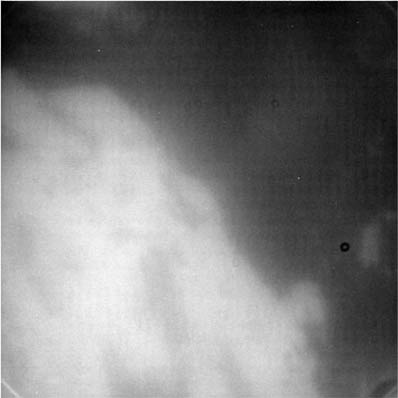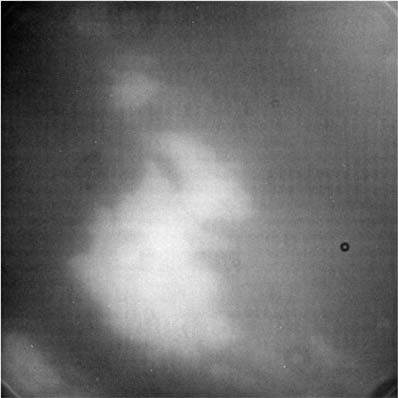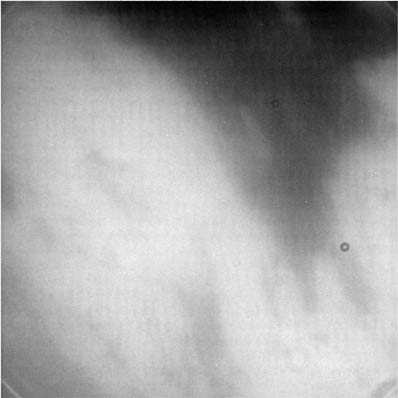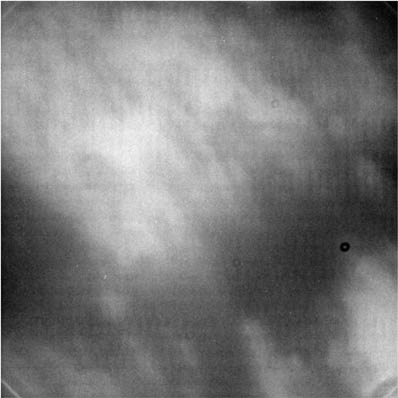This jerk has an outlet in my town. I ignored his slobbering over gay marriage; I disagreed with his opinion but liked the store.
But this is another level entirely. My mother and I have been showing Bill Penzey’s nasty screed to everyone we know and will no longer buy his products.


